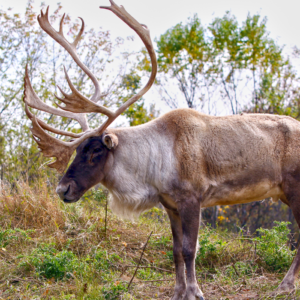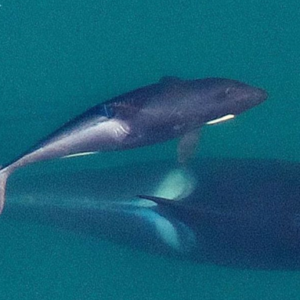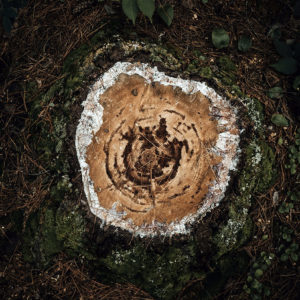Piping Plovers Return to Sauble Beach for Fifth Season
 |
| Photo: Brendan Toews |
Nature Canada supporters and volunteer Piping Plover guardians, Kim and Brendan Toews, have been providing us with updates on the return of Piping Plovers to Sauble Beach in Ontario for several years. Here is their update for the 2011 season:
Without question, Piping Plovers are one of the most glorious birds and worthy of every conservation effort. The Piping Plover is the rarest of Ontario’s four breeding plover species. There really is something special about seeing an endangered species in its natural habitat. Piping Plovers have faced many threats in the past 45 years which have led to its endangered status. Significant contributing factors to its decline are accidental destruction of nests by pedestrians and vehicles; the disturbance of nesting birds; predator species such as Merlin, gulls, crows, foxes, raccoons and skunks; high water levels from the mid 1970’s, to the 1986 peak levels, either flooded or remodeled much of the suitable beach habitat in the lower Great lakes. This extensive habitat loss coincided with the timing of the extirpation of the Piping Plover from the lower Great Lakes. Additional threats to the Piping Plover include daily beach grooming, oil spills, hurricanes, boats and West Nile virus. The Piping Plover was declared an endangered species in Ontario in 1977, and in Canada, by the Committee on the Status of Endangered Wildlife in Canada (COSEWIC), in 1985.
Mid April
North nest:
Our fifth field season officially began. The first banded male in full alternate plumage arrived on the beach. This male was a returning plover from the 2010 season. It hatched in 2009 at Port Inland, Michigan.
Late April
North nest:
The male plover called vigorously while scraping a shallow depression with his feet in the sand. The female inspected the scrape while the male stood in the depression with partially outstretched wings and a fanned tail.
South nest:
A second banded male arrived on the beach. In 2009, this male hatched at Platte North 4. In 2010, it had two nesting attempts at Tawas, Michigan but lost both nests to flooding.
Early May – Two nests this season.
North nest:
With the aid of my spotting scope, I observed one pale buff coloured, black-speckled egg in the scape (nest). Once the full clutch of 4 eggs was laid both adults shared incubation duties.
Mid June
North nest:
The first 4 Piping Plover chicks of the year hatched. Within an hour of hatching and drying off, the downy, young Piping Plovers left the nest and were carefully guarded by both parents. Plover chicks are precocial, so the parents do not have to provide food for their young. The newly hatched chicks moved around and pecked at things almost immediately. During the first couple of weeks the chicks sought refuge and warmth under the adults due to the cold, wet weather.
Early July
North nest:
Observed two chicks and both adults were around to care for them. A Merlin is a medium-sized falcon, and as suspected, they were the biggest challenge this season. Day time disappearance of two chicks. It is likely that the cause of this disappearance was predation. Merlins nested nearby and were observed hunting on the beach. These predatory birds flew along the beach just above the sand spooking shorebirds into flight. The two remaining chicks were active, foraging up and down the beach. Plovers walk with their feet turned inward, leaving a distinctive footprint in the sand. The chicks were banded and very healthy.
South nest:
Three tiny, downy chicks hatched. Within hours of hatching the chicks were on the run, scurrying about at speeds that made it challenging to follow them with a spotting scope or camera. To keep warm, the chicks brooded often under the adults. One egg was presumably not viable since the adults were no longer incubating it. The egg was collected by an Ontario Ministry of Natural Resources species at risk biologist.
Mid July
North nest:
The female had abandoned the family to begin her southward migration, leaving the male to care for the two chicks as they built up strength and ability to migrate to the Gulf coast for the fall and winter. The young plovers were beginning to stretch their wings and jump up into the air. Later in the week they attempted their first short flights and are now able to fly proficiently. The predatory nest exclosure and perimeter fencing were removed from the site.
Late July
It was a banner season and a tremendous success to have five fledged and healthy young result from two nestings which added to the Great Lakes population. The success of these birds was a tribute to the great skill of the four adult plovers. They have all begun their migrations to the Gulf Coasts where they will feed in small flocks until next April, when my Mom and I will be watching the beaches for their return.
Photos by Brendan Toews Photography ~ btoewsphotos.zenfolio.com



